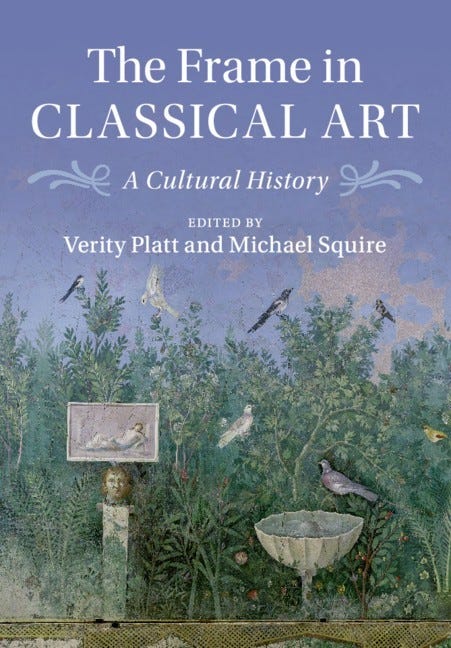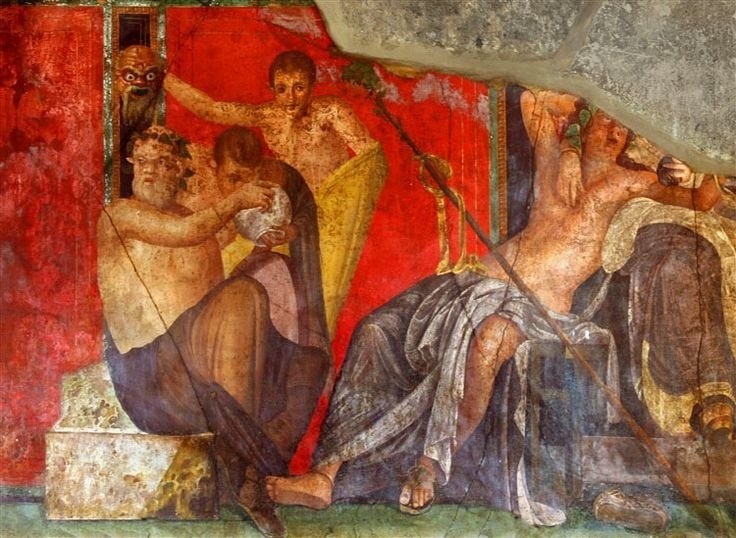Book Review: The Frame in Classical Art: A Cultural History by Verity Platt, Michael Squire, et al. (2017)

The Frame in Classical Art: A Cultural History is an enticing foray into an oft neglected niche subject in Art History: frames. More specifically, this over 600-page publication is a voluminous, in-depth investigation of the representation, function, and influence of frames and framing devices in Ancient Greco-Roman art, culture, and history. With 13 essays divided amongst different Classical scholars, each offers compelling arguments for the pertinence of frames on aesthetic, philosophical, political, cultural, and theological grounds - from the optical illusions of still life wall paintings in sumptuous Pompeiian home interiors to the larger-than-life characterizations subsumed into Greek marble relief sculptures of the female deity Cybele. As a multi-scholar research initiative, this publication was spearheaded and edited by Verity Platt (Professor of Classics & History of Art at Cornell University) and Michael Squire (Professor of Classical Art at King’s College London).
The authors make it clear that a perception of how frames functioned and were intended to be seen in Antiquity should be divorced from our modern conception of framing. References to the philosophical concepts on frames by Enlightenment thinker Immanuel Kant (1724 - 1804) and Postmodern writer Jacques Derrida (1930 - 2004) are persistently incorporated to underscore how they conflict with the actual, lived usages of frames in the Ancient world. Although extensive portions of the book engage with frames in paintings (particularly wall paintings), the authors apply a holistic approach to the study of frames across mediums: funerary monuments, vase paintings, sculptures, text & epigraphs, and architecture.
While this is not the first book to analyze the role of frames, this text is a novel study of the manners in which frames “both anticipate and diverge from those [ideologies] of later western traditions.” In effect, the book’s functions are three-fold: 1) how frames operated and were intended to be seen/received/read in Antiquity; 2) how frames reinforced, explained, and gave meaning to the subjects they contained; and 3) how Ancient framing devices influenced leading figures in the History of Art and their writings on the nature of seeing, audience reception, and functionality versus ornamentation.





